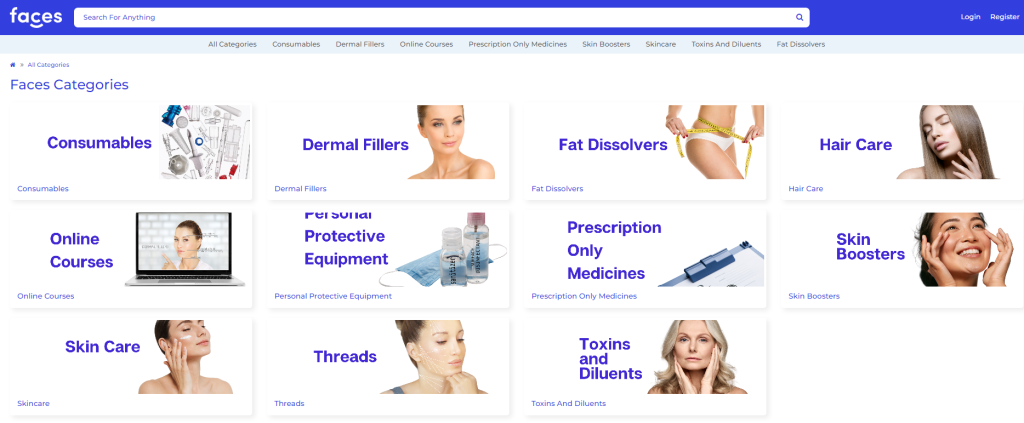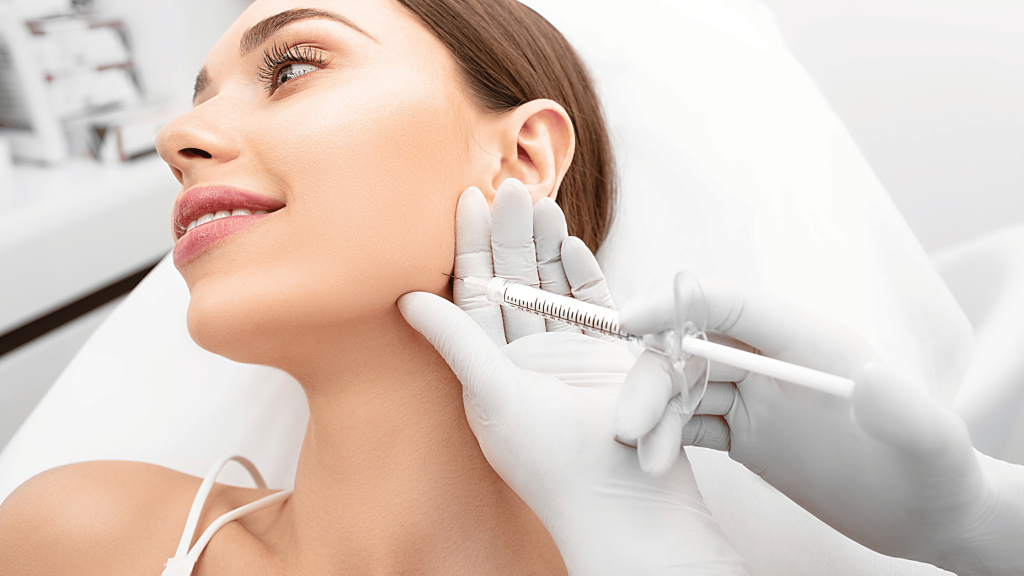
Operating a successful aesthetic clinic goes beyond offering excellent services. It’s crucial that the products you use are of superior quality, safe, and reliable. These elements form the bedrock of client trust, satisfaction, and repeat patronage. But the question remains, how does one source high-quality products effectively? In this post, we’ll explore strategies for sourcing products, with a spotlight on Faces Shop, an innovative platform offering exceptional solutions.
Start with Identification of Needs
The first step in sourcing quality products for your aesthetic clinic is understanding your specific needs. This implies identifying the treatments and services your clinic offers and the corresponding products required. This understanding helps you define what ‘high-quality’ means for your clinic in terms of product efficacy, safety, brand reputation, and regulatory compliance.
Establish Reliable Suppliers
After identifying your needs, the next step is finding reliable suppliers. And, here’s where Faces Shop takes center stage. Faces Shop is a remarkable platform for sourcing aesthetic products. With sellers originating from the UK, they are verified pharmacies and wholesalers, guaranteeing that you can place your trust in them. We ensure every product meets stringent quality standards before it makes its way to your clinic. The reliability of suppliers is essential as it directly influences the quality of your treatments and overall client satisfaction.
Evaluate the Products
Before incorporating any product into your clinic’s offerings, it’s crucial to conduct thorough evaluations. Check for authenticity, confirm the expiration dates, and ensure the products have been stored under appropriate conditions. Furthermore, consider the brand’s reputation in the market. Are they known for their excellence and quality?

Training and Education
High-quality products should be complemented with proper training and education. This is particularly vital in an aesthetic clinic, where the application of treatments requires precise knowledge and technique. Once you’ve sourced high-quality products, ensure your team is adequately trained in their use.
Client Feedback
One of the most valuable resources for assessing the quality of the products is client feedback. After all, they are the end users. Encourage your clients to provide honest feedback on the results of their treatments. This information can give you valuable insight into how the products are performing and whether they are meeting your clients’ expectations.
Consistent Quality Checks
Establishing a relationship with a reliable supplier like Faces Shop is just the beginning. Regular quality checks are imperative to maintain the high standards your clinic upholds. This ensures a continuous supply of top-notch products that align with your quality objectives.
Summing Up
In a nutshell, sourcing high-quality products for your aesthetic clinic is a multi-step process that requires clear identification of needs, partnering with reliable suppliers, thorough product evaluation, staff training, and regular quality checks. Faces Shop, with its verified UK-based pharmacies and wholesalers, serves as a beacon of reliability in this context, ensuring your clinic is stocked with the highest quality products. After all, the success of your clinic lies not just in the services you offer, but equally in the quality of the products you use.








